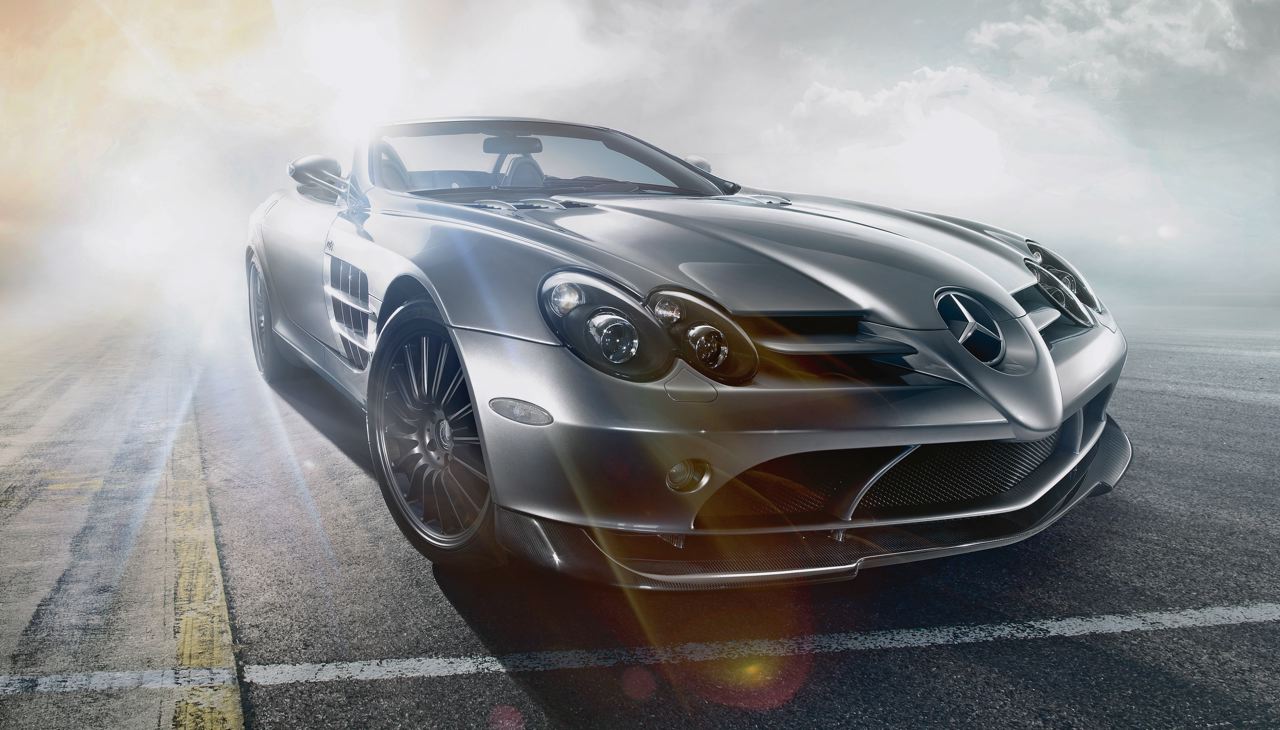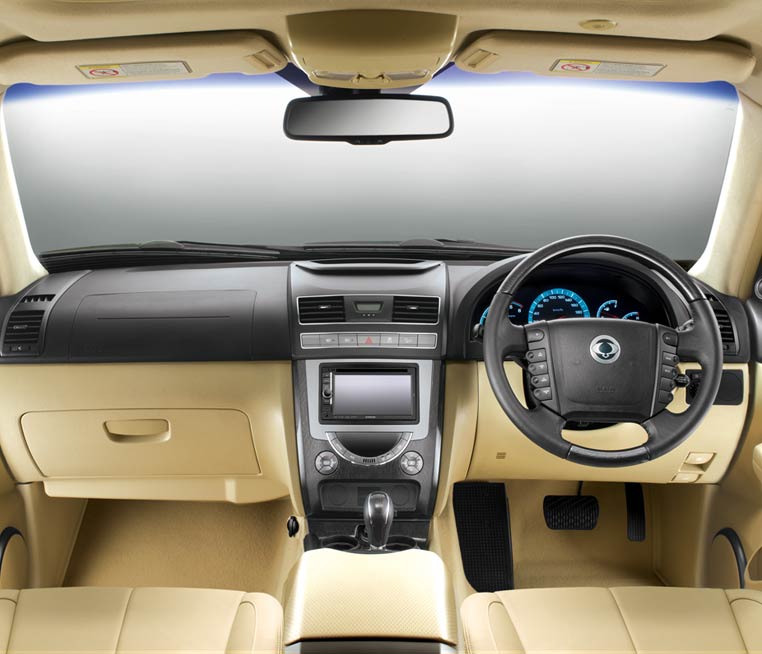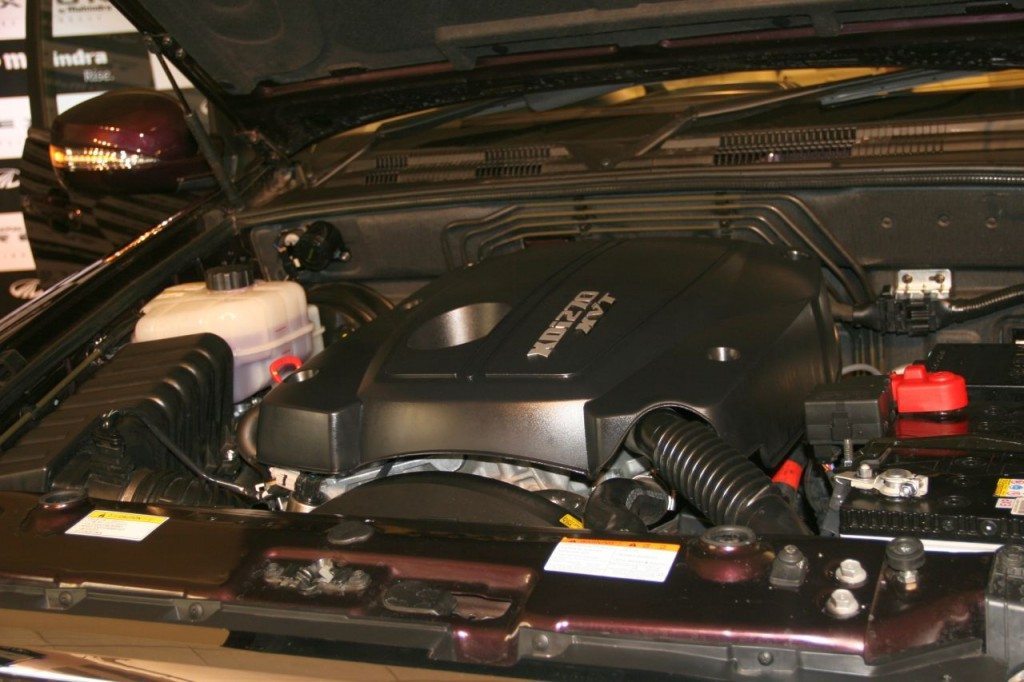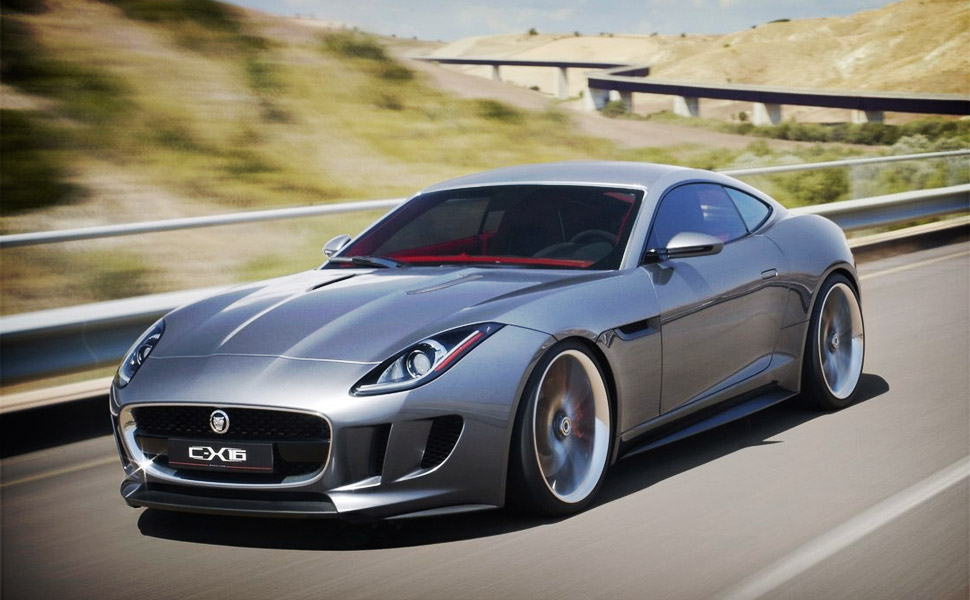
The new Mercedes-Benz SLR McLaren Roadster 722 S opens up astonishing dimensions when it comes to open-top driving. Delivering 478 kW/650 hp, acceleration from 0 to 100 km/h in 3.7 seconds and a maximum speed of 335 km/h, this two-seater cabriolet surpasses the existing benchmark among open-top super sports cars – the SLR McLaren Roadster. Both vehicles feature a fully retractable folding soft top capable of withstanding the high speed and are made of carbon fibre. This endows both models with a very high degree of safety and extreme torsional stiffness. In addition to increased power, the new SLR McLaren Roadster 722 S features even more dynamic suspension tuning and improved aerodynamics. While enjoying exceptional performance, the new roadster’s occupants in no way lose out in terms of comfort or the vehicle’s suitability for everyday use. With its sporty, premium-quality interior appointments and distinctive motorsport pedigree, the new SLR McLaren Roadster 722 S is limited to 150 vehicles and will inspire the most discerning automotive enthusiasts.

Spectacular dimensions in open-top driving are opened up by the new Mercedes-Benz SLRMcLaren Roadster 722 S. With an output of 478 kW/650 hp, acceleration from 0 to 100 km/h in 3.7 seconds and a top speed of 335 km/h, this open two-seater betters the standard set for open-air super-sports cars by the SLR McLaren Roadster. Both have a fully recessible soft top suitable for high speed driving, and are made from carbon fibre. This produces a very high level of safety and extremely high torsional strength. In addition to a higher engine output, the new SLR McLaren Roadster 722 S has an even more dynamic suspension setup and further aerodynamic improvements.

The powerful heart of the SLR Roadster 722 S is a supercharged 5.5-litre V8 engine which is hand-built in the Mercedes-AMG engine shop in Affalterbach. The special strengths of this high-performance engine include extraordinary responsiveness to movements of the accelerator, a high torque and an unmistakable V8 sound. Moreover, with an output of 478 kW/650 hp and 820 Nm of torque, power is on tap almost to excess (SLR McLaren Roadster: 460 kW/626 hp, 780 Nm). Accordingly the new model variant meets the wishes of the most discerning customers for even more sportiness combined with excellent day-to-day practicality.
The five-speed automatic transmission developed by Mercedes-Benz is designed for high performance. It is specially configured for a very high torque, and allows the driver to choose between two sets of shift characteristics. As a result the roadster achieves performance figures that are even outstanding for the high-end sports car segment: the SLR Roadster 722 S absolves a sprint from zero to 100 km/h in a breathtaking 3.7 seconds, and 200 km/h is reached in 10.6 seconds. The maximum speed is 335 km/h, which is unrivalled by any other series-production roadster.

The spring and shock absorber configurations of the suspension are stiffer, and the body has been lowered by 10 millimetres at the front and rear. This ensures the greater handling stability of the Mercedes-Benz SLR McLaren Roadster 722 S, with a significant improvement in handling dynamics. The lightweight, 19-inch forged aluminium wheels allow a view of the red-painted brake callipers on the highly-resistant carbon-fibre/ceramic brake discs, which make for impressive deceleration figures.

The outstanding qualities of the 722 S are complemented by the fully recessible fabric soft top, which blends harmoniously into the flowing lines of the roadster. The weave structure of this high-tech roof material reflects the carbon-fibre look, guarantees full day-to-day suitability in any weather conditions and allows the vehicle a top speed of 335 km/h – a unusual figure for a roadster. Thanks to favourable aeroacoustics, conversation during open-air journeys is still possible at well over 200 km/h.
The soft top opens and closes semi-automatically in around ten seconds, combining comfort expectations with the purist nature of the roadster. For opening, the roof needs to be unlatched at the windscreen frame and lifted slightly, after which it folds down electrically. The front section of the soft top features an integral aluminium cap, which effectively prevents "ballooning" at high speeds.
The handling and aerodynamics of this high-end roadster were optimised for high speeds in the wind tunnel. The aerodynamic concept follows that of the SLR Coupé, with an airbrake integrated into the boot lid, an enclosed underbody and a diffusor in the rear bumper to ensure the greatest possible downforce on the rear axle. The so-called airsplitter at the front end augments this downforce, while small wheel spoilers reduce turbulence at the rear axle. The result is precise handling and steering at high speeds.

The roadster has a crystal antimony grey paint finish, which highlights the sculptured look of this high-performance car particularly effectively. The carbon-fibre technology is visually complemented by the black, grid-like air vents on the bonnet and the front and rear light modules with palladium grey surrounds.
In the interior, outstanding lateral support is guaranteed by sports bucket seats upholstered in a combination of semi-aniline leather/Alcantara. Striking visual highlights are provided by the contrasting seams in 300 SL red, the embossed 722 S lettering on the head restraints and the likewise red seat belts. Frequently used controls such as the shift and parking brake levers are lined in particularly high-grip and moisture-absorbing suede leather. In the interior too, the generous use of carbon-fibre underlines the high-performance philosophy and adds a particularly puristic touch.

The exclusive appointments include two-zone automatic
climate control, a high-quality BOSE Premium sound system, a
multifunction sports steering wheel with shift paddles and a navigation
system with an integrated radio and CD player.
This limited edition of 150 examples is predominantly hand-built at the Formula 1 workshops of McLaren in Woking, England, and is available from January 1, 2009.
This limited edition of 150 examples is predominantly hand-built at the Formula 1 workshops of McLaren in Woking, England, and is available from January 1, 2009.







































